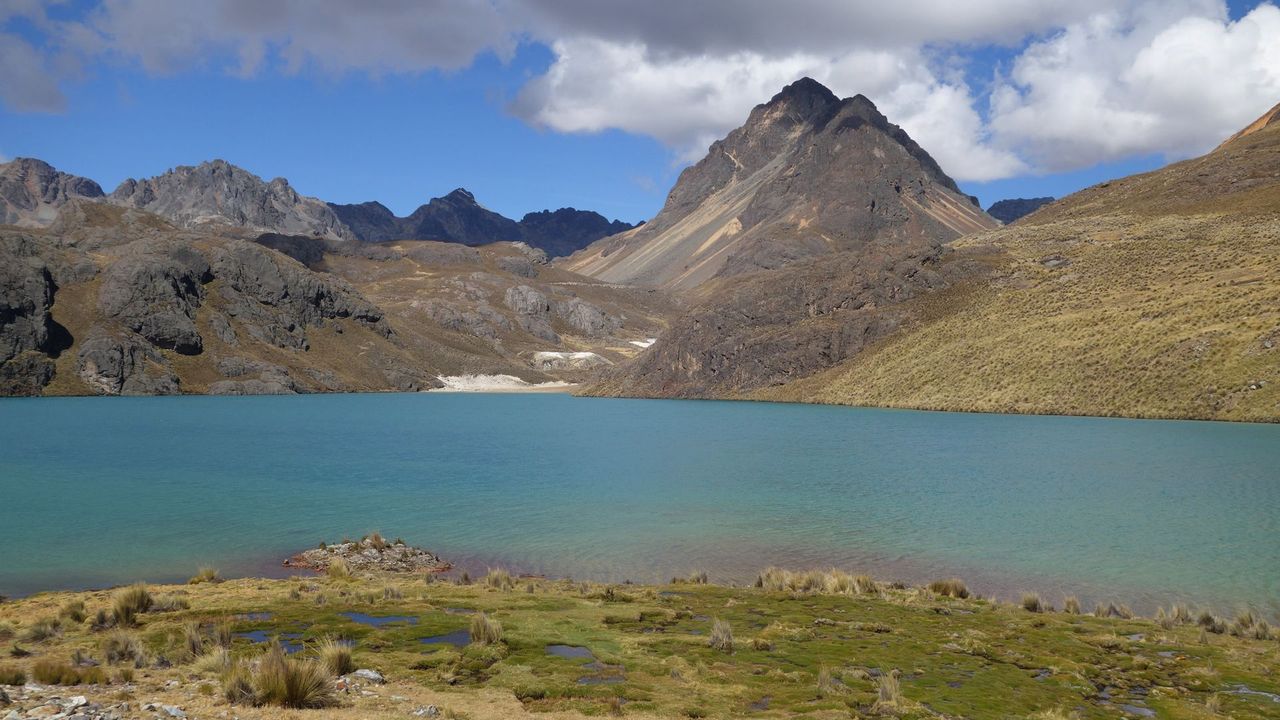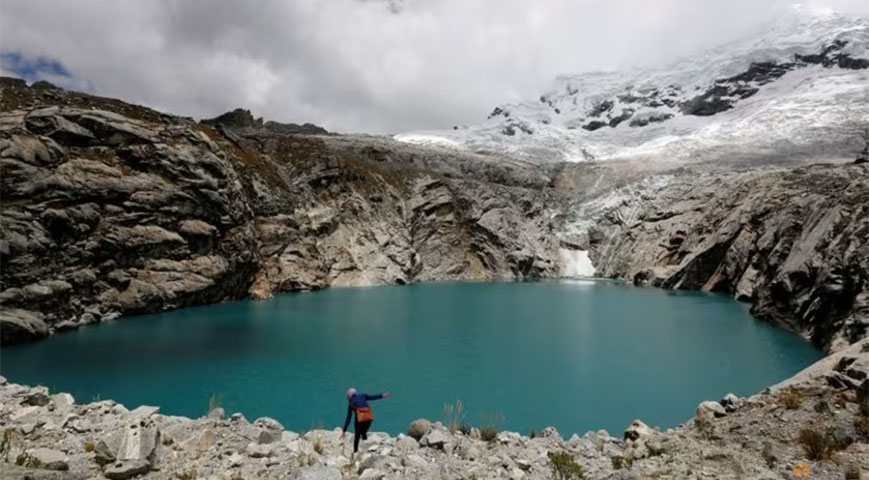According to a new government inventory, Peru has lost 56% of its tropical glaciers over the past sixty years due to climate change.
According to the National Institute of Research of Mountain Glaciers and Ecosystems, Peru has 68% of the world's tropical glaciers, and rising temperatures have caused melting and the formation of new mountain lagoons, which risk overflowing and floods.

According to the analysis, which analyses satellite footage until 2020, 2,084 glaciers encompass 1,050 square kilometers in Peru, compared to 2,399 square kilometers of ice and snow in 1962.
Did you read this?
"In four years, from 2016 to 2020, we lost almost 6% of these high mountain glaciers," Beatriz Fuentealba, the institute's head, said from the Ancash region, where several glaciers had vanished.
The inventory shows that 164 lagoons have formed or are in the process of forming in the last four years, bringing the total number of glacial lagoons to 8,466, spanning approximately 1,081 square kilometers.
"The new lagoons could be future water reserves, but because they are at high altitudes, they pose a risk of overflowing and flooding," said Jesus Gomez, director of glacier research at the Ministry of Environment.
.jpg)
Almost all of Peru's tropical glaciers are more than 6,000 meters (19,685 feet) above sea level, while the new lagoons are at an altitude of between 4,000 and 5,000 meters, the report said.
According to the report, about 20 million Peruvians benefit directly or indirectly from the glacier water.
"This means we have lost more than half of our water reserves," Environment Minister Albina Ruiz said, warning that glacial retreat is affecting the natural mountain ecology.
"While we cannot stop glaciers from melting over time, we can slow their loss," she added, urging for reduced pollution, more green space, and "most importantly, recognising that the mountain provides us with life."









